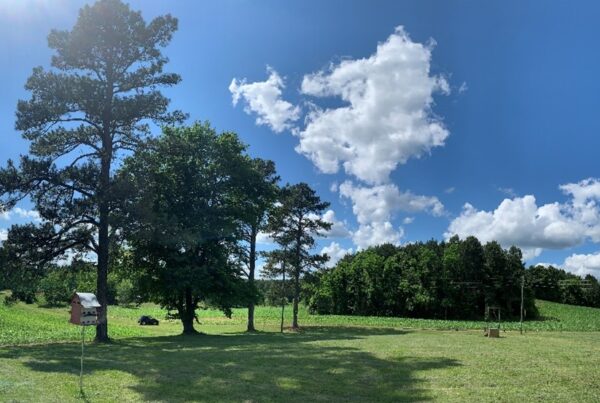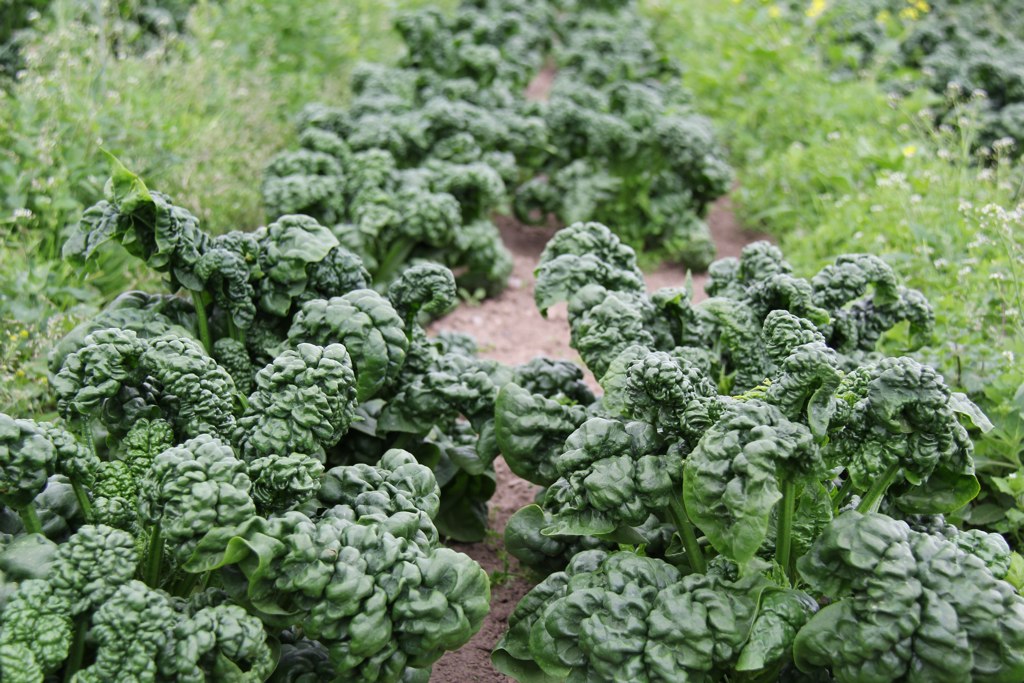
Cool evening and warm days make fall in Central Virginia a second spring. Time to start more of the roots crops and greens we so love in spring. Plant beets, carrots, radishes, spinach, kale, arugula, tatsoi and other cool weather greens in weekly successions during the first three weeks of the month. If you planned well they should keep you well fed all winter..
If you are having trouble germinating spinach try Sprouting spinach in your fridge for one wk, then sow (if <68F, and dead nettle has germinated) or wait a couple of weeks for the soil to get cooler. Mid -September is the last sowing date for fall harvesting. Later plantings of spinach can be made for wintering over and harvesting next spring. You can broadcast oats into spinach at planting time in early September for weed control and cold weather protection.
After all of your transplanted broccoli, cabbage and Brussels sprouts have the third set of true leaves, try undersowing them with White Dutch Clover to suppress weeds, attract beneficial insects, fix nitrogen, and live on as a Winter/Spring cover crop. Keep all your winter roots well weeded thru September for maximum growth while it is still warm enough.
Sow hardy lettuce varieties like Winter Density and Bronze Arrow every 2 days till 21st. Then transplant into beds spaced 8-12 inches apart and cover with Reemay or other spun polyester row cover for fresh salads all winter.
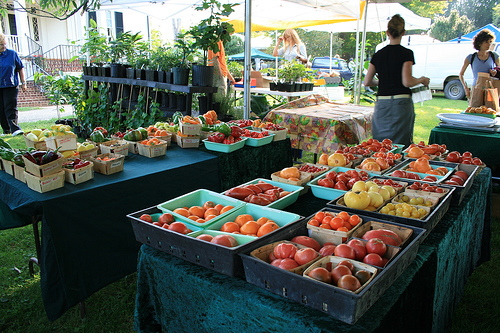
If you haven’t got your garlic and perennial onion stock picked out yet, now is the time to order it or you can stop by our booth at the Heritage Harvest Festival at Monticello September 21 to pick some up in person. If you are saving your own garlic, plant large cloves from medium/large heads that are tightly formed. If you are interested in trying a perennial onion, yellow potato onions yield very heavily in this region. Consider growing some shallots or perennial leeks to add a gourmet flair to your garden fare. For green onions all winter White Multipliers and Egyptian Walking onions are both good choices. To learn more about growing alliums download our 4 page Garlic & Perennial Onion Growing Guide (PDF).
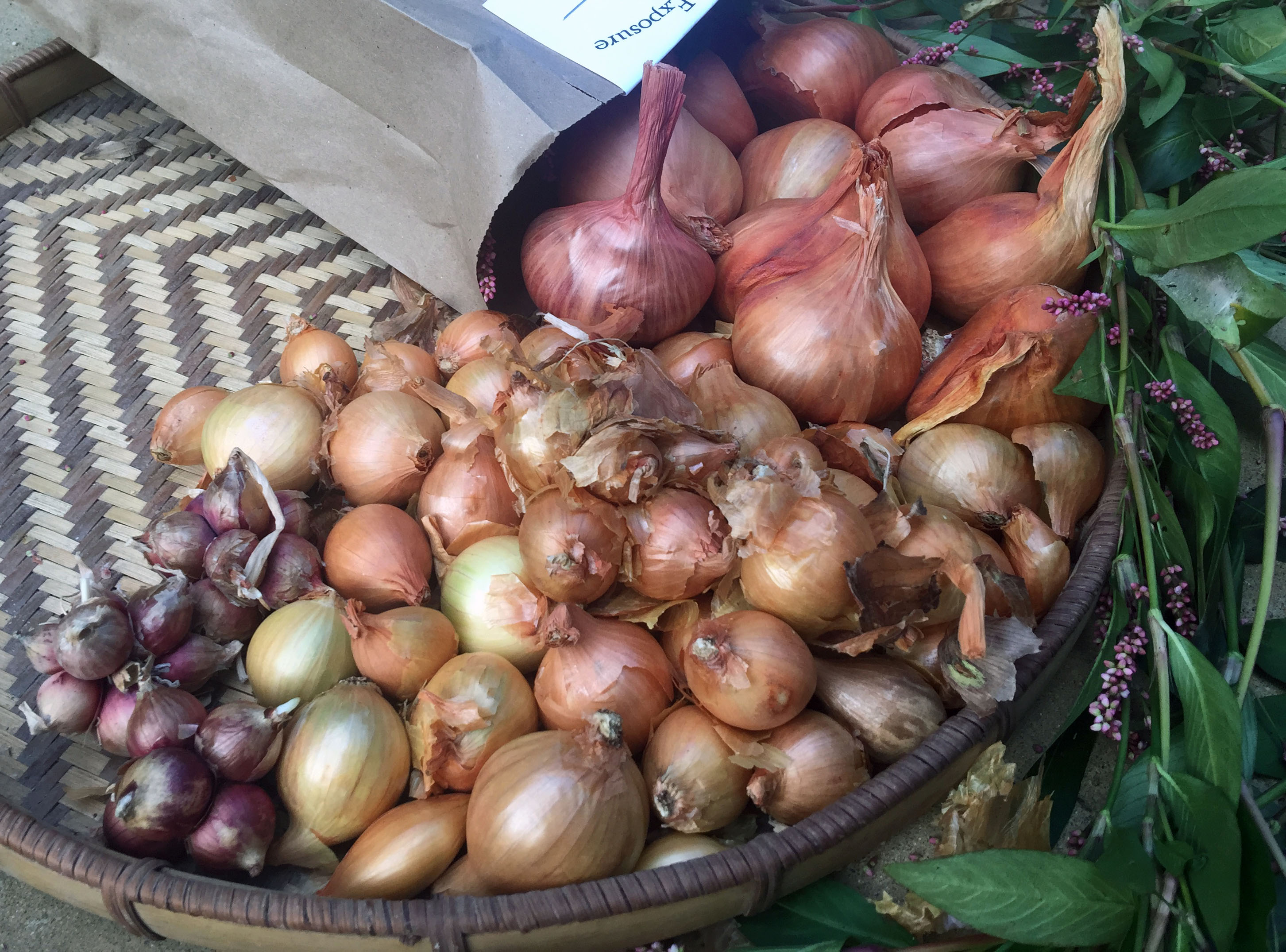 Sow spring oats in empty spaces for a winter-killed cover crop. By the end of the month start to plant winter rye and vetch or Austrian winter peas as a cover crop on bare land.
Sow spring oats in empty spaces for a winter-killed cover crop. By the end of the month start to plant winter rye and vetch or Austrian winter peas as a cover crop on bare land.
Water, weed, thin and compost strawberries for next year’s crop. Use thinnings to start a new bed. Water blueberries and add mulch. Continue harvesting summer veggies, using that last burst of summer harvest to make sure you have enough tomato sauce, salsa, pickles, etc to last the winter as the first frost should be coming early next month. Download the Southern Exposure Seed Exchange concise fall planting guide: for some quick fall planting tips.
Keep planting! The race is on to fill your living outdoor refrigerator before the first fall freeze.
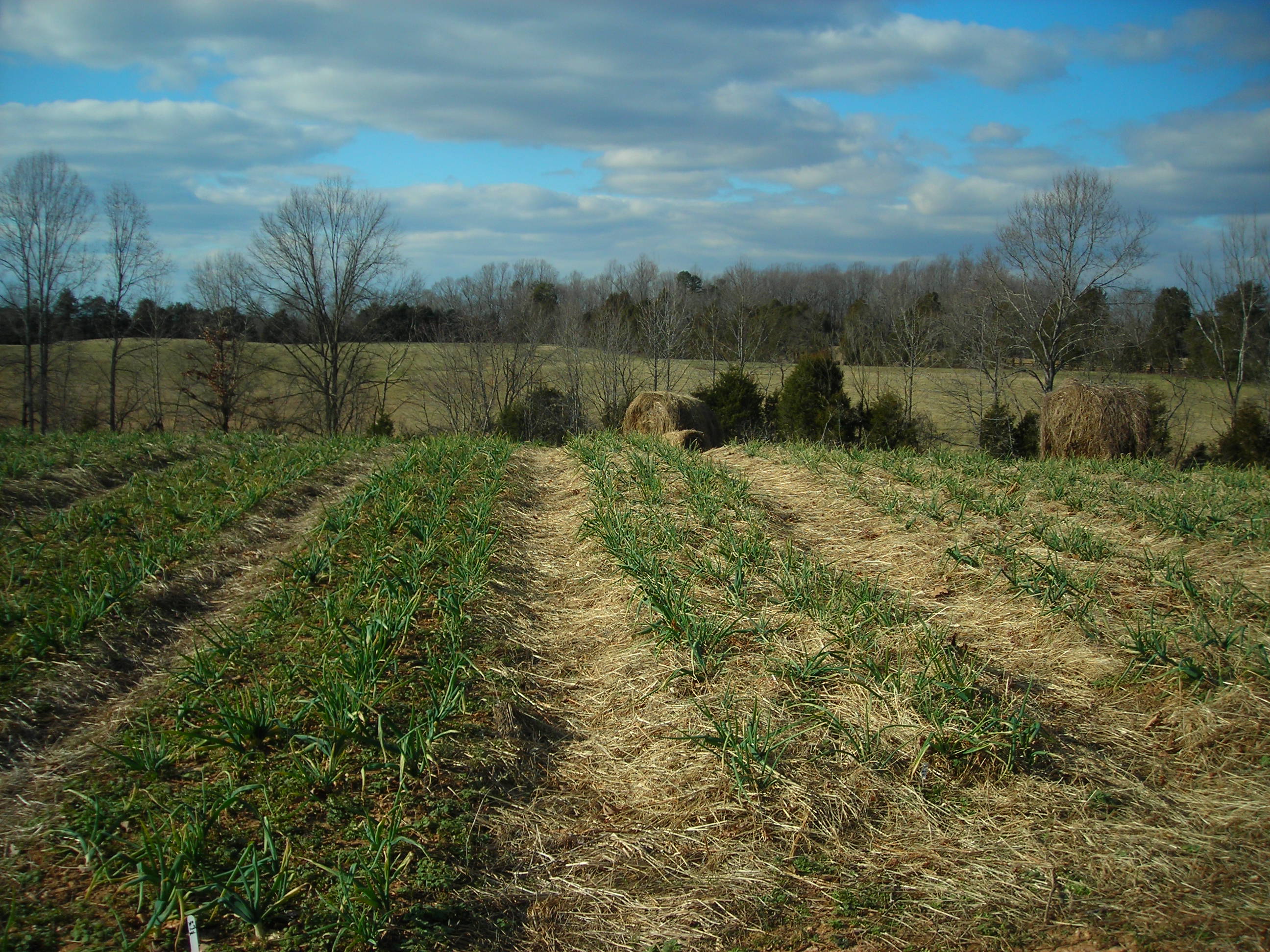
by Ira Wallace of Southern Exposure Seed Exchange &
author of The Timber Press Guide to Vegetable Gardening in the Southeast.





